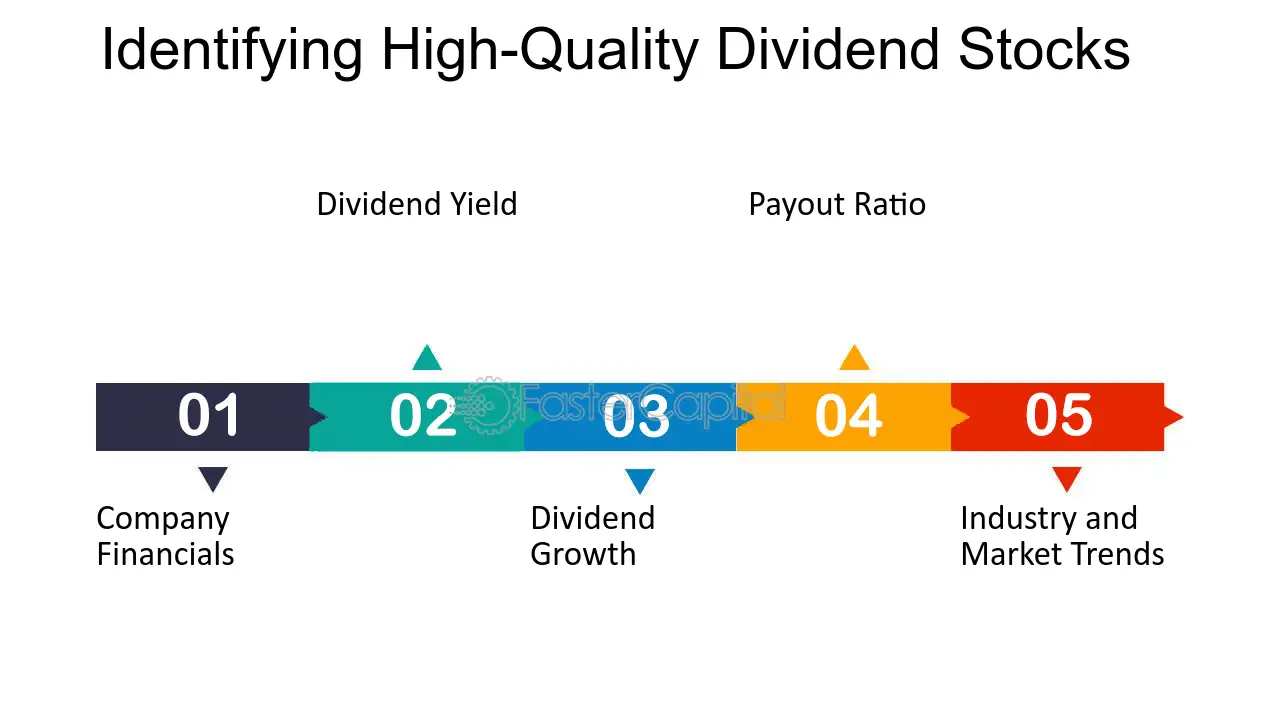
Investing is a crucial component of achieving financial goals, whether they are short-term or long-term. With a wide range of investment strategies available, it can be challenging to determine which approach best suits an individual’s needs. Each strategy comes with its own set of risks, potential returns, and time horizons. Choosing the right investment strategy requires a thorough understanding of personal goals, risk tolerance, and the time available to invest.
Define Your Investment Goals
The first step in selecting an appropriate investment strategy is to clearly define financial goals. These goals can be categorized as either short-term or long-term. Short-term goals typically involve objectives that can be achieved within a few years, such as saving for a down payment on a house or planning a dream vacation. Long-term goals, on the other hand, encompass aspirations that may take decades to realize, such as saving for retirement or funding a child’s college education.
To effectively plan for these goals, it is essential to make them specific, measurable, achievable, relevant, and time-bound (SMART). For example, instead of simply stating, “I want to save for retirement,” a SMART goal would be, “I want to save $1 million for retirement by age 65.” By setting clear and well-defined goals, investors can better align their investment strategies to meet their objectives.
Understand Your Risk Tolerance
Risk tolerance refers to an investor’s ability to withstand potential losses in pursuit of higher returns. It is a critical factor in determining the most suitable investment strategy. Investors can assess their risk tolerance by taking a quiz or completing a risk assessment questionnaire.
Investment approaches can be broadly categorized as conservative, moderate, or aggressive. Conservative investors prioritize capital preservation and are more comfortable with lower-risk investments, such as bonds and cash equivalents. These investments typically offer lower potential returns but provide more stability. Moderate investors seek a balance between risk and reward, often allocating their portfolio across a mix of stocks and bonds. Aggressive investors are willing to accept higher levels of risk in exchange for the potential of higher returns, primarily investing in stocks or other high-risk assets.
Understanding the potential returns and losses associated with each investment approach is crucial. Higher-risk investments may offer the possibility of substantial gains, but they also carry a greater risk of significant losses. Lower-risk investments, while more stable, may not provide the returns necessary to meet long-term financial goals.
Consider Your Time Horizon
An investor’s time horizon is the length of time they expect to hold their investments before needing to access the funds. Time horizons can be classified as short-term (less than 3 years), medium-term (3-10 years), or long-term (more than 10 years).
The time horizon plays a significant role in determining appropriate investment choices and liquidity needs. Short-term investors may prioritize investments that offer easy access to funds and lower volatility, such as savings accounts, certificates of deposit (CDs), or short-term bonds. Medium-term investors can consider a mix of stocks and bonds, balancing the potential for growth with some stability. Long-term investors have the advantage of being able to weather short-term market fluctuations and can allocate a larger portion of their portfolio to higher-risk, higher-potential-return investments like stocks.
It is important to note that an investor’s time horizon and risk tolerance are often correlated. Typically, investors with longer time horizons can afford to take on more risk, as they have more time to recover from potential losses.
Asset Allocation
Asset allocation is the process of dividing an investment portfolio among different asset classes, such as stocks, bonds, real estate, and cash equivalents. The primary goal of asset allocation is to balance risk and reward by adjusting the percentage of each asset class in the portfolio based on the investor’s goals, risk tolerance, and time horizon.
Stocks, also known as equities, represent ownership in a company and have historically provided the highest potential returns over the long term. However, they also come with the highest level of risk and volatility. Bonds are debt securities that provide a fixed income stream and are generally considered less risky than stocks. Real estate investments can offer a combination of income and capital appreciation, while cash equivalents, such as money market funds, provide liquidity and stability.
Diversification is a key component of effective asset allocation. By spreading investments across various asset classes and sectors, investors can minimize the impact of any single investment’s performance on their overall portfolio. Regularly rebalancing the portfolio is also essential to maintain the desired asset allocation and manage risk over time.
Investment Vehicles
There are several investment vehicles available to help investors gain exposure to different asset classes and implement their chosen investment strategies.
Stocks can be purchased as individual shares, or investors can opt for exchange-traded funds (ETFs) or index funds that provide exposure to a basket of stocks. ETFs and index funds offer instant diversification and lower costs compared to actively managed mutual funds.
Bonds can be categorized as government bonds (issued by national governments), corporate bonds (issued by companies), or municipal bonds (issued by local governments). Each type of bond carries different levels of risk and potential returns.
Mutual funds are professionally managed investment vehicles that pool money from multiple investors to purchase a diversified portfolio of stocks, bonds, or other securities. ETFs are similar to mutual funds but trade on stock exchanges like individual stocks, offering greater flexibility and liquidity.
Alternative investments, such as real estate, commodities, and cryptocurrencies, can provide further diversification and potential returns. However, these investments often come with higher risks and may require specialized knowledge or access to participate.
Active vs. Passive Investing
Investors can choose between active and passive investing approaches. Active investing involves attempting to outperform the market by actively selecting investments and making frequent trades based on market conditions and analysis. Passive investing, on the other hand, aims to match the performance of a market index by holding a diversified portfolio of investments over the long term.
Active investing offers the potential for higher returns but also comes with higher costs, such as transaction fees and management expenses. Active investors must also have the time, knowledge, and resources to research and monitor their investments consistently.
Passive investing, often implemented through index funds or ETFs, offers lower costs and simplicity. By tracking a market index, passive investors can benefit from the overall growth of the market without the need for constant monitoring or decision-making.
Choosing between active and passive investing depends on an individual’s investment goals, risk tolerance, and resources. Some investors may opt for a combination of both approaches, using passive investments as a core holding while allocating a smaller portion of their portfolio to actively managed funds or individual securities.
Tax Implications and Efficiency
Investment decisions can have significant tax implications, which should be considered when developing an investment strategy. Capital gains taxes apply to profits earned from selling investments, while dividends and interest income may be subject to ordinary income tax rates.
Tax-efficient investing strategies can help minimize the impact of taxes on investment returns. For example, tax-loss harvesting involves selling investments that have declined in value to offset capital gains and reduce overall tax liability.
Investors should also consider the use of tax-advantaged accounts, such as 401(k) plans and Individual Retirement Accounts (IRAs). These accounts offer tax benefits, such as tax-deferred growth or tax-free withdrawals, which can help maximize long-term investment returns.
Monitoring and Adjusting
Developing an investment strategy is not a one-time event. Regular portfolio monitoring and adjustments are necessary to ensure that investments remain aligned with goals and risk tolerance.
Rebalancing involves periodically selling investments that have become overweighted in the portfolio and buying underweighted assets to maintain the desired asset allocation. This process helps manage risk and can be triggered by market fluctuations or changes in an investor’s circumstances.
Economic changes and market conditions may also warrant adjustments to an investment strategy. For example, shifts in interest rates, geopolitical events, or technological advancements can impact the performance of different asset classes and sectors.
As an investor’s goals or life circumstances change, their investment strategy may need to be adapted accordingly. For instance, as an investor approaches retirement, they may need to shift their portfolio towards a more conservative allocation to preserve capital and generate income.
Conclusion
Choosing the right investment strategy is a critical decision that can have a significant impact on an individual’s ability to achieve their financial goals. By understanding personal goals, risk tolerance, and time horizon, investors can develop a well-aligned investment plan.
Asset allocation, diversification, and the choice of appropriate investment vehicles are key components of a successful strategy. Investors should also consider the tax implications of their decisions and regularly monitor and adjust their portfolios as needed.
For those who feel overwhelmed or unsure about their investment choices, seeking the advice of a qualified financial professional can be beneficial. A financial advisor can help assess an individual’s unique circumstances and provide guidance on developing a personalized investment strategy.
Ultimately, the right investment strategy aligns with an investor’s goals, risk tolerance, and long-term financial aspirations. By taking a thoughtful and disciplined approach to investing, individuals can work towards securing their financial future and achieving their life’s ambitions.














